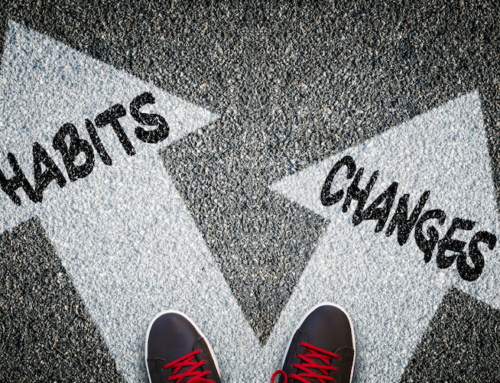Does Resistance Training Make Your DNA Younger?
 Breaking news, exercise is good for everyone, and it’s especially good for the elderly.
Breaking news, exercise is good for everyone, and it’s especially good for the elderly.
Not very new news, is it?
But, imagine it’s 2007 and a study has come out to quietly state instead that the fountain of youth has been found!
Would that not make headlines? Shouldn’t health practitioners be falling all over themselves to learn more? What about life insurance companies?
Well, dear reader, just such a study was performed and the results were truly astounding – and it was published in 2007.
Wait, what? Why haven’t I heard this before? Strength training can actually reverse the aging process?
Blasphemous? Pipe dream? Charlatan! I might hear you say.
I said that, too, so I looked it up.
And to say this study was revolutionary is not an exaggeration.
Making Genes Young Again
24,000 genes were compared between the older cohort and the younger. It was shown that 600 genes were different between the two generations. But how did this lead the researchers to find anti-aging properties of resistance exercise?
I’ll let the scientists from this study explain it a bit for you instead:
“We report here that healthy older adults show a gene expression profile in skeletal muscle consistent with mitochondrial dysfunction and associated processes such as cell death, as compared with young individuals. Moreover, following a period of resistance exercise training in older adults, we found that age-associated transcriptome expression changes were reversed, implying a restoration of a youthful expression profile.”
Did all that make sense to you? If not, let’s just take this section: “…age-associated transcriptome (the sum of all the body’s mRNA) expression changes were REVERSED…”
This isn’t slowed down or improved. No, this is nothing short of old genes resorting back to younger gene expression. When a person’s gene expression profile changes to a younger acting gene, anti-aging is the result!
Mighty Mitochondria
Another quote from this landmark study:
“resistance training in older adults can also increase mitochondrial capacity[26], and studies have shown that skeletal muscle atrophy and mitochondrial dysfunction often co-exist and may be causally related[6]. “
This is telling us that proper strength training increases mitochondrial capacity. In other words, the ability for the older exerciser to increase his mitochondrial function by strength training permits him to become a younger person at the cellular level. He gains muscle and strength, but he gains the ability to produce more ATP in the mitochondria because of those gains also. Mitochondria provide the energy to do more of everything – just like the stronger and more energetic younger exercisers.
So, Melov and Tarnopolsky (main authors) are telling us in this incredible study that resistance training will, and does, change the actual DNA phenotype of the elderly in addition to increasing the number and power of the energy producing organelles (mitochondria). All this just by lifting heavy weights!
One final quote from the study:
“Our data strongly supports the concept that mitochondrial dysfunction is associated with aging in humans. The important and novel finding is that resistance exercise training reverses many aspects of the aging transcriptome signature. This implies that a functional improvement in aging muscle due to resistance exercise is associated with a global improvement in the molecular signature of aging particularly for transcripts related to mitochondrial function.”
We, here at DeSisto Strength Training have seen such fantastic improvements in many clients over 30 years, but this exercise study takes our anecdotal evidence and clarifies and justifies what we have seen. No pills or surgeries can match your body’s incredible ability to prevent aging.
Yes, proper, high-intensity, slow-motion exercise can be a 20 minute per week fountain of youth for you. Try it out for yourself before you get any older!
P.S. Here’s the study for your perusal:
http://plosone.org/article/info:doi%2f10.1371%2fjournal.pone.0000465





